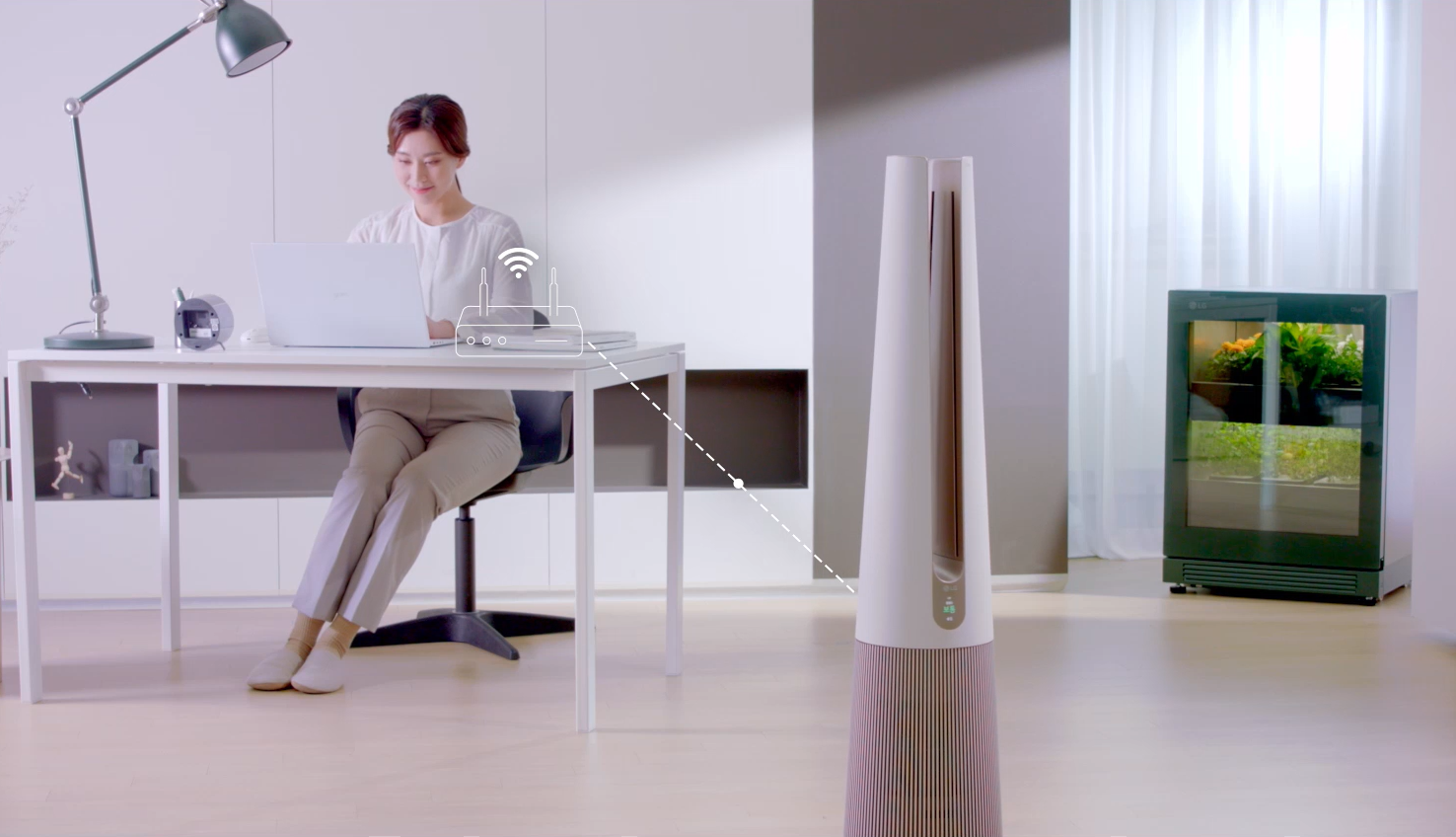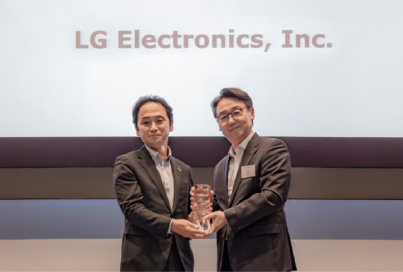[Executive Corner] DX for the Customer: Innovating the Customer Experience With Data
The concept of the customer experience (CX) has risen in popularity in the media, academia and across a variety of industries in recent times, with some companies even changing departments’ names to include the term. This is expected because, as we’ve seen over the last few years, the ability to provide products and services based around the delivery of a quality CX has become key to organizations’ continued success and growth.
Understanding customer needs is of the utmost importance when it comes to establishing innovative CXs that create unforgettable memories when purchasing a product or experiencing a brand. Companies must observe and analyze the ‘customer journey’ from beginning to end so that they can understand what those needs are, including those that customers may not even be aware of by themselves, as well as in the context of when and why a particular product or solution is utilized.

While in-depth interviews, surveys and monitoring of customer behavior, both in-store and at home, are all valuable tools in this endeavor, such activities fall short when it comes to identifying ‘unvoiced’ customer needs. Also, the results derived from these methods may lack accuracy as they can easily be distorted by the subjectivity of the researcher. Likewise, the depth of insight may also vary depending on the capabilities of the researcher.
This is the point where a data-based approach of working more effectively is recommended. In addition to providing greater objectivity, it can help to prevent those unvoiced needs from staying hidden, leading to the realization of a better, more complete CX. From an internal perspective, the use of data-based insight – not one that depends on the subjectivity and competency of the person in charge – also provides us with more persuasive arguments for choosing a particular direction for a product or service over another.

Due to most products and services being connected to wired or wireless communications networks nowadays, collecting customer usage data has become a much simpler matter. Moreover, people of all generations are actively offering their opinions on the products and services they have used or tried out on social media, presenting companies with another valuable source of data that can be analyzed to pinpoint and understand customer needs.
 ‘Upgradable’ home appliances are constantly updated with new functions and services designed to meet users’ changing lifestyles and tastes. These appliances can also self-diagnose or solve certain operational problems on their own, providing an expanded, more convenient experience.
‘Upgradable’ home appliances are constantly updated with new functions and services designed to meet users’ changing lifestyles and tastes. These appliances can also self-diagnose or solve certain operational problems on their own, providing an expanded, more convenient experience.
Establishing CXs based on insight gained from data utilization allows companies to design more personalized products and services. LG’s newly launched ‘upgradable’ home appliances are a good example of this approach in action, offering upgrades that the individual user can select and apply to tailor the experience to their own personal preferences and the unique demands of their lifestyle. LG is currently working on several projects that leverage a full and detailed analysis of customers’ device usage to provide new and personalized experiences.
However, many companies fail to maximize the usefulness of such data due to the following reasons.
First, many employees lack competence in data utilization, or haven’t yet recognized the benefits it can provide, and are stuck in function-oriented thinking with regards to the development of new products and services. To create a solid foundation for optimized CX delivery, both company leaders and practitioners should learn how to analyze and interpret all relevant customer data. Unfortunately, many marketers and product planners still find it hard to make good use of the data they have, relying instead on more traditional customer research methodologies.
Second, data collection and analysis are conducted without a clear definition of CX already in place. There are many companies that collect customer data without a specific purpose – or logical connection to a particular aspect of the CX they want to provide – in mind. This unfocused collection of data is bound to have its limitations, with any insight derived likely to establish little more than the usability of a given product or service. The deeper, more meaningful questions concerning the ‘when and why’ will remain frustratingly unanswered. Accordingly, it becomes even more difficult to gain the perspective needed to properly design the CX.
Third, there is a lack of collaboration between a company’s data analysts and the personnel tasked with understanding customers and designing the CX. Presented with the same data, different analysts may come to different conclusions about what that data actually reveals. Furthermore, if the analyst evaluating the data doesn’t have a good understanding of the industry concerned, any insight provided may prove difficult, or even impossible, to utilize. This is why it is essential to have a close collaboration between field experts and analysts, and that the latter play an active role in experience design and customer-insight delivery.

Once companies can resolve any issues of poor data utilization and use the data in conjunction with other research methods, they will have a valuable resource that will enable them to design new, upgraded experiences. Under this perspective, LG defines the three roles of data in the age of CX, suggesting specific implementations for each.
First, data can function as a trigger to initiate CX design. Therefore, after defining the CX they want to provide, companies should try to maximize their understanding of customers by considering what data is needed and how to obtain it. This can mean utilizing data collected by other teams within the company, or by securing data partnerships with external providers. Only when an organization combines creativity and innovation with a concerted effort to understand the customer can a high-quality CX be designed.
Second, data can act as an enabler, ensuring the intended CX is implemented properly. The creation, interconnection and processing of various data informs the overall CX design, as do ‘digital element’ technologies such as AI and extended reality (XR). Ultimately, in today’s environment, companies need to reinforce their ability to make sense of and apply data faster than their competitors, as doing so will reduce the lead time of any future CX releases.
Third, data serves as a valuable tracer for validating and monitoring the CX. Therefore, after the CX is designed and released, a data feedback loop can be used to verify whether the CX is being delivered as intended. This allows companies to improve existing experiences or seize the opportunity to create an entirely new kind of CX, or even expand into new businesses. As such, establishing a virtuous cycle encompassing data-based CX design and feedback-loop utilization is key to the ability to provide new experiences consistently and sustainably.
In order to truly understand customers and deliver meaningful CX innovation, companies should consider integrating robust, targeted data-utilization into their CX expansion plans from the very start. For most, success or failure in the current market environment will be determined by whether or not they can create the above virtuous cycle, and how much faster they can run that cycle compared to their competitors.
With its ongoing, company-wide digital transformation (DX), LG is leading the way in CX innovation, creating dynamic, new ways of doing things as a business and delivering unmatched value and convenience to its global customers.
This story was edited from an editorial feature article published in The Electronic Times.
By Lee Sam-soo, CDO at LG Electronics
# # #




![[Executive Corner] DX for the Company: Innovation in the Way You Work](https://www.lgnewsroom.com/wp-content/uploads/2022/09/DX-for-the-Company_fi-403x272.png)
![[Executive Corner] Exceptional and Unparalleled Customer Experiences LG Pursues](https://www.lgnewsroom.com/wp-content/uploads/2022/09/Executive-Corner_Customer-Experience_fi-401x272.png)
![[Executive Corner] A New Era of Customer Experience](https://www.lgnewsroom.com/wp-content/uploads/2022/08/Executive-Corner_CX-403x272.jpg)


